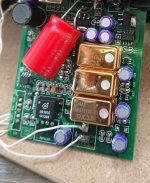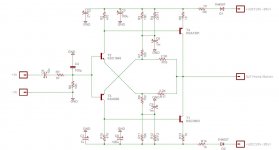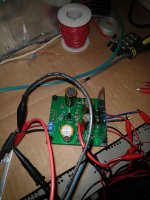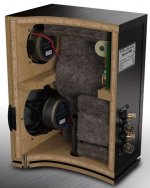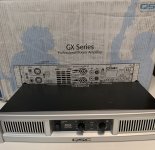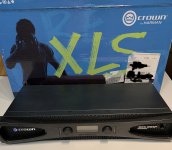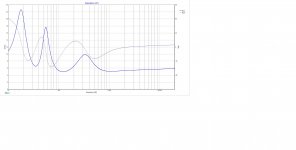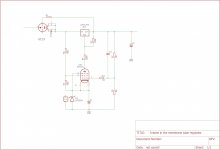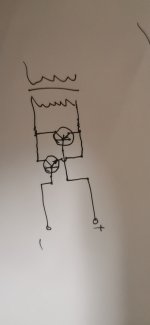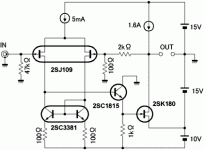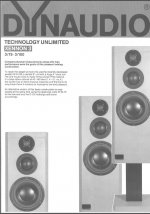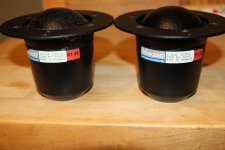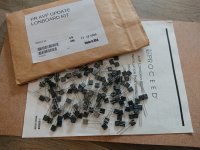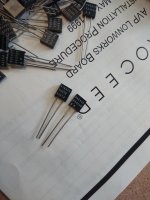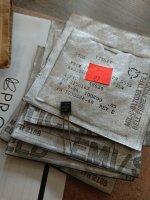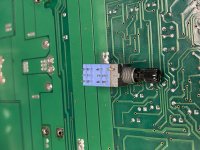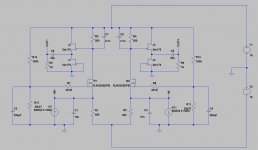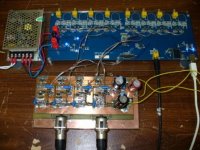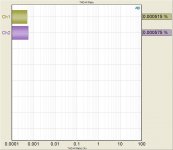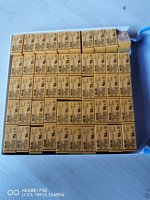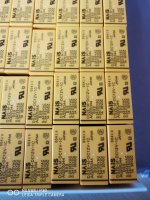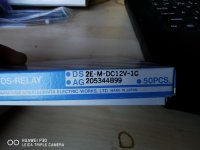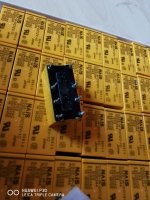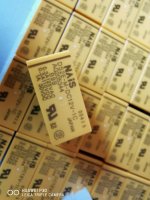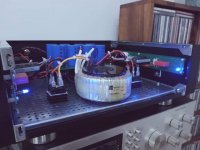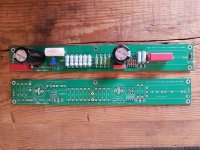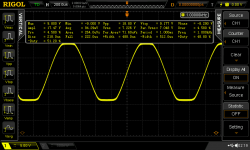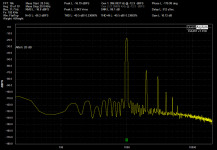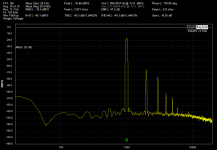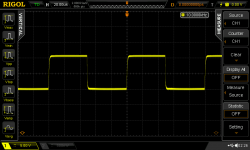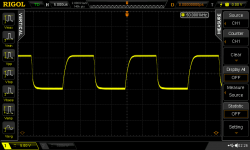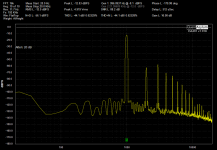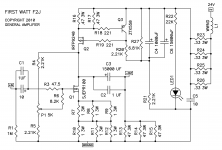Wharfedale Pro LX-12 cutting in / out
- By Roggy
- PA Systems
- 5 Replies
Hello to all.
I have a set of Wharfedale Pro LX-12 which I love.
Hooked them up recently again and noticed that when a song is playing and the bass hits the top speaker (only on one in this case the left) cuts in and out with a little crackling while the right one plays perfectly. Lower the volume and it seems to come back and stay steady.
Bottom end plays perfectly. The just the top on one speaker.
Seems like something is loose. checked the wires inside and all connection to the speakers seems sound.
Anything else I should check that may be a known culprit to my issues with the speaker? 😕
Thank you in advance and hope everyone stays safe.
I have a set of Wharfedale Pro LX-12 which I love.
Hooked them up recently again and noticed that when a song is playing and the bass hits the top speaker (only on one in this case the left) cuts in and out with a little crackling while the right one plays perfectly. Lower the volume and it seems to come back and stay steady.
Bottom end plays perfectly. The just the top on one speaker.
Seems like something is loose. checked the wires inside and all connection to the speakers seems sound.
Anything else I should check that may be a known culprit to my issues with the speaker? 😕
Thank you in advance and hope everyone stays safe.

